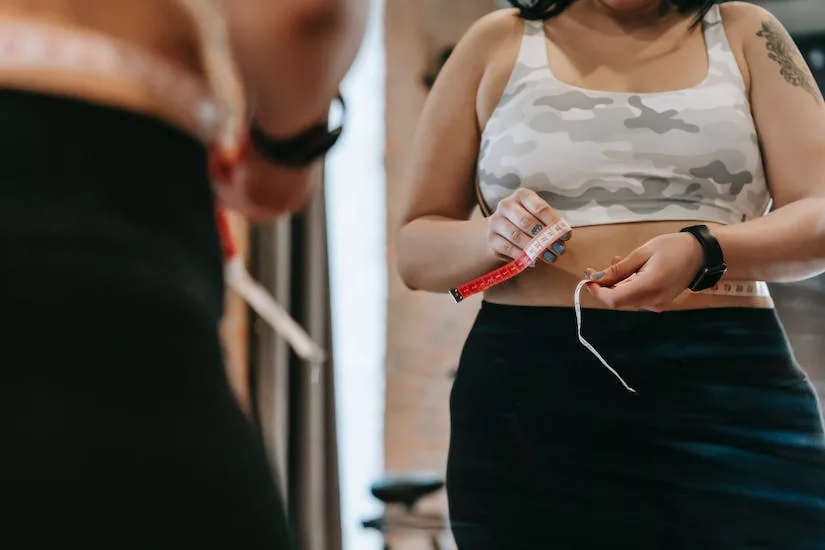By this point in your life, you’ve probably developed some sort of joint pain. It could be arthritis or even a mild ache that comes and goes. It might seem like nothing to worry about at first, but it can quickly get worse if you don’t take care of yourself. That said, arthritis isn’t as scary as it sounds (especially if it’s not severe).
If you know what to look out for and how to treat symptoms effectively, then you’ll be doing everything possible to keep your joints healthy for years to come! Read on for all the details.
Pain
Pain is the most common symptom of arthritis. It can be felt in the joints, muscles, tendons, or ligaments. The pain may be worse when you first start moving and then gets better as you continue to move around. Sometimes, pain can feel like burning or throbbing, and other times, aching or sharp pains will occur. Pain may also be felt in the foot, ankle, knee, hip, shoulder, or wrist (elbow).
Treatment – Pain can be treated with creams, tablets, or exercise, depending on the level of pain.
Stiffness
When you’re suffering from arthritis, stiffness can be one of the most common symptoms. Although there are a number of causes for it, stiffness is usually caused by inflammation and loss of cartilage. The condition can be very unpleasant, and a doctor’s decision is necessary before further treatment.
Treatment – Until you consult a doctor, frequent massages and the use of natural treatments that can relieve symptoms are necessary.
Rheumatoid arthritis (RA) causes this type of inflammation to occur because the body produces antibodies that attack healthy tissues instead of foreign invaders such as viruses or bacteria. This results in painful joints and muscles that feel stiffer than normal, even when not moving around much!
Swelling in the toes and foot
Swelling in the feet and toes is a common sign of arthritis. It occurs when fluid collects around a joint or joint capsule. This can be caused by injury, infection, or the overuse of your joints.
Treatment – You should use cold packs and medicated oils to reduce the symptoms. However, if you see that it has no effect, you need the help of a doctor.
You may feel pain when you walk due to swelling around your joints. Swelling can also make it difficult for you to move normally because of pain and stiffness in your joints.
If you have swelling in one foot but not the other, this could indicate an underlying condition such as diabetes mellitus (diabetes) or deep vein thrombosis (blood clots).
Poor circulation in the feet and fatigue in the legs
When you have foot pain and decreased balance, it can be a sign that something is going on with your circulation. When your body has poor circulation, it will not be able to transport oxygen and nutrients as efficiently. You’ll feel tired, experience a decrease in energy levels, and may even experience fatigue in your legs. In this case, healing sports podiatry will help you the most, which will solve the pain and other unpleasant symptoms you are facing.
This can also happen if you have peripheral artery disease (PAD). PAD occurs when plaque builds up inside the arteries that take blood away from your heart to the rest of your body. When this happens, it can slow down or completely block blood flow to parts of your body such as toes or feet, which may lead to amputation if left untreated for long periods of time.
Treatment – If you have symptoms like foot discomfort along with pain or numbness in one leg; unexplained weight gain; swelling at ankles; dark discoloration under fingernails; or cold hands/feet, then consult with a doctor immediately!
Loss of flexibility
You can prevent or reduce the risk of arthritis by being flexible.
Many people think that flexibility is simply about stretching, but it’s actually a lot more than that. Flexibility is important for walking, running, and other activities. Flexibility is also important for the health of your joints, muscles, and tendons. And finally, flexibility can help keep ligaments strong, so they don’t overstretch or tear when you move your body in different ways on a regular basis—or during an unexpected activity like sports or exercise.
Redness and warmth in the affected joints
Redness, warmth, and swelling are all signs the body is experiencing inflammation. The redness comes from increased blood flow to the area. Warmth means that your immune system is working hard to fight off whatever is causing the problem. Swelling occurs when fluid leaks into surrounding tissue because it cannot be properly drained through lymphatic channels or by way of inflamed vessels in the joint capsule (the lining around a joint). This results in extra fluid trapped within tissues making them look puffy or swollen.
Foot deformities and bone spurs (osteophytes)
Bone spurs, also known as osteophytes, are bony outgrowths that form on the ends of bones. They can be large or small, and they can be painful or non-painful. They are common in people with arthritis because it is a degenerative condition where joint cartilage breaks down over time.
When osteophytes develop on your foot, they can cause chronic irritation and discomfort. If you have one or more bone spurs in your foot:
- You may experience pain when wearing high heels or other types of shoes that squeeze together your toes and arch area (especially if this area was previously injured).
- The pain might increase after standing for long periods of time or walking around all day at work/school, etc.
- Deformities may occur due to compression from an abnormal amount of bone growth between two adjacent joints (this can make walking difficult as well).
The help of a professional is necessary to remedy these problems. Also, it is worth mentioning that you could always look for up-to-date information in health magazines online and expand your knowledge on the go.


